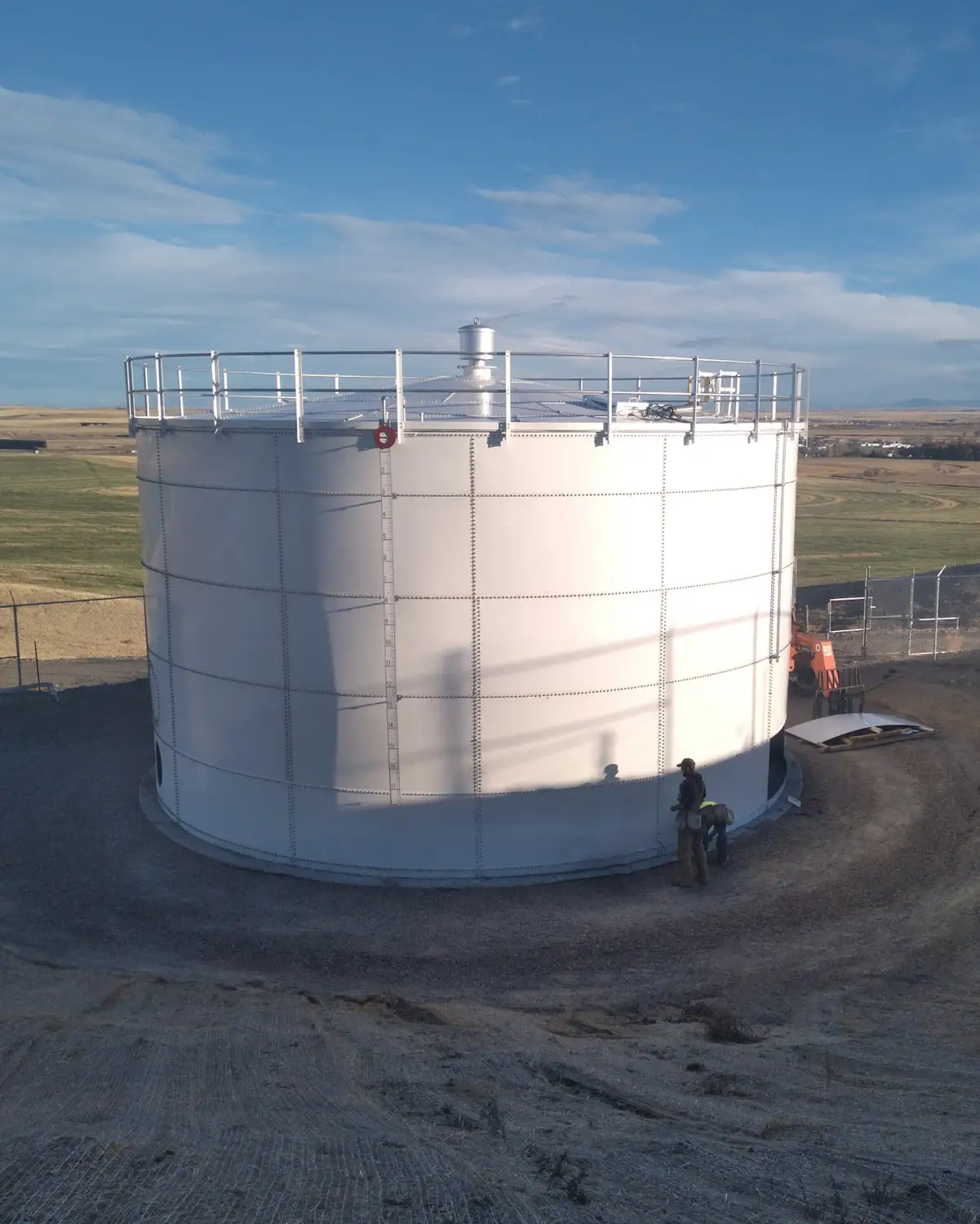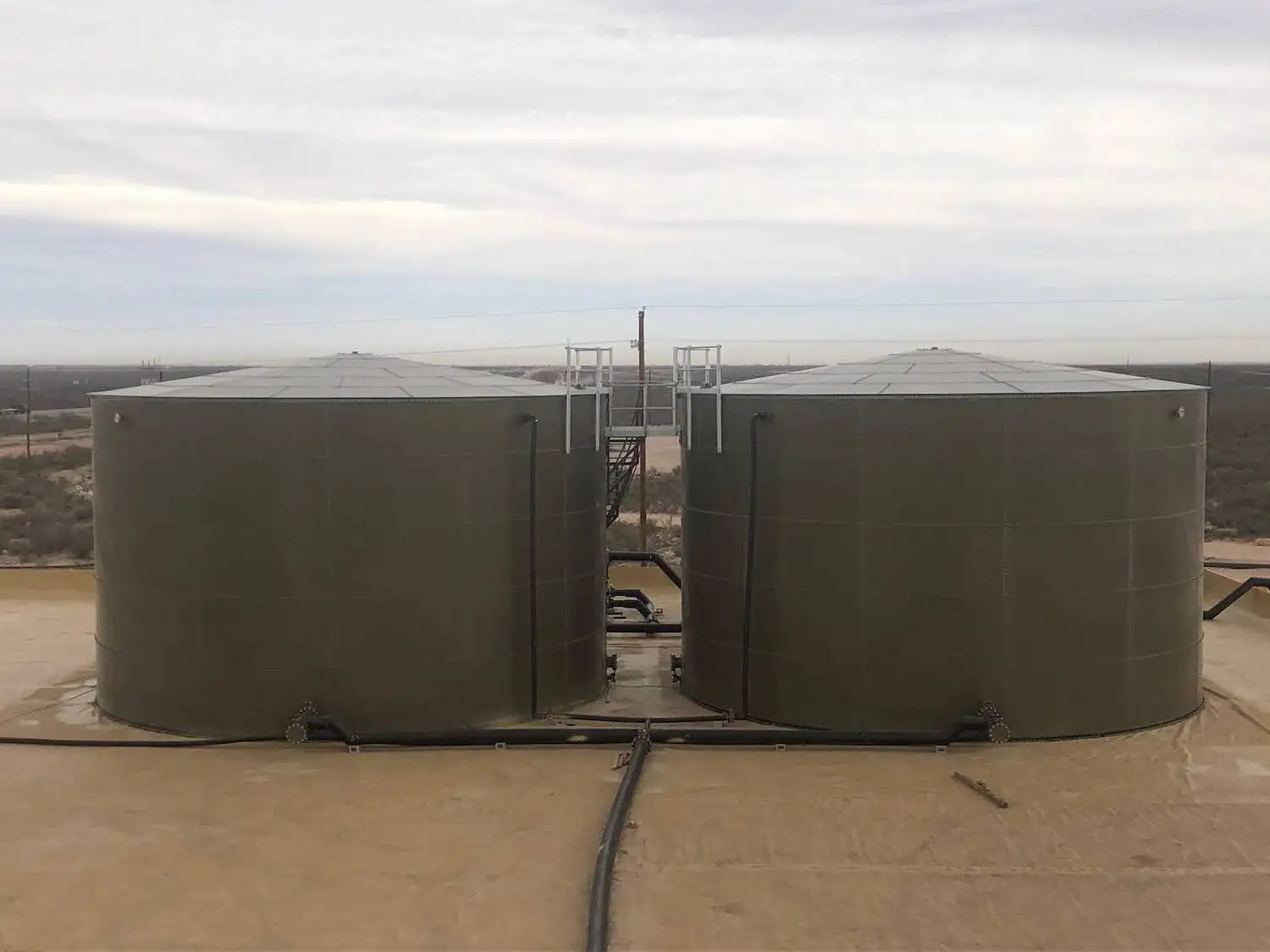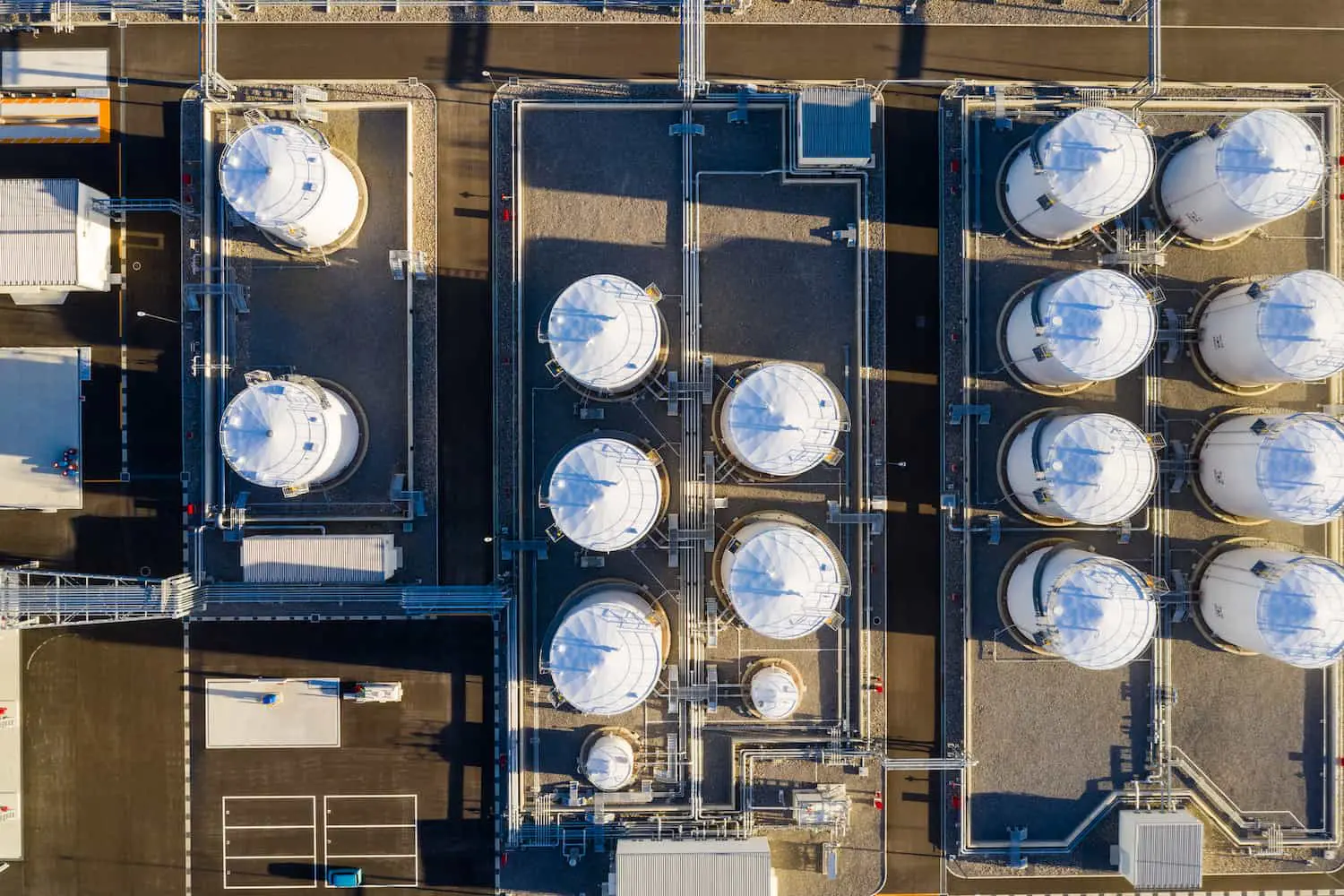What You Need to Know
If you’re looking to buy an above ground water storage tank, you might be feeling overwhelmed by all the options available. But don’t worry, you’re not alone. Choosing the right tank is important to ensure a reliable water supply for various uses, from residential to commercial or agricultural needs. With so many things to consider, like capacity, material, and durability, it can be difficult to make a decision. That’s why we’re here to help. Our guide will explain everything you need to know to make an informed choice. We’ll go over the different types of tanks available and help you assess your specific needs. With our knowledge and insights, you’ll be able to find the perfect solution for your water storage needs. Let’s dive in and learn how to make a choice that will ensure a reliable water supply for years to come..
The Importance of Above Ground Water Storage Tanks
As water is a valuable resource, it’s crucial to have a dependable and efficient water storage solution. Above-ground water storage tanks provide several advantages over underground ones. One of the most significant benefits is their easy installation. Unlike underground tanks that require excavation and professional installation, above-ground tanks can be set up quickly and effortlessly, making them a cost-effective option for both homeowners and businesses.
Another advantage of above ground water storage tanks is the ability to monitor and maintain the tank more easily. With an overhead ground tank, you can visually inspect the tank for any signs of damage or leaks, ensuring that your water supply remains clean and safe. Additionally, above ground tanks are often equipped with features such as overflow and drainage systems, further enhancing their functionality and usability.
Factors to Consider When Choosing an Above Ground Water Storage Tank
Before diving into the different types of above ground water storage tanks, it’s essential to understand the factors you must consider when deciding. By evaluating these factors, you can ensure that you select a tank that meets your specific needs and requirements.
One of the primary considerations is the capacity of the tank. The capacity will depend on the amount of water you need to store and the frequency of use. It’s crucial to accurately assess your water usage to determine the appropriate tank size. Oversized tanks can lead to unnecessary costs, while undersized tanks may not provide an adequate water supply for your needs.
Another factor to consider is the material of the tank. Above ground water storage tanks are typically made from various materials, including plastic, fiberglass, and steel. Each material has advantages and disadvantages, such as durability, cost, and resistance to environmental factors. Understanding these differences will help you choose a tank that suits your needs and is long-lasting.
Types of Above Ground Water Storage Tanks
When it comes to above ground water storage tanks, there are several types to choose from, each designed for specific applications.
Understanding the different types will help you narrow your options and select the most appropriate tank.
-
Vertical Storage Tanks: These tanks are the most common type and are often used for residential and commercial applications. They are cylindrical and offer a wide range of sizes and capacities. Vertical storage tanks are ideal for storing large volumes of water in a compact footprint.
-
Horizontal Storage Tanks: As the name suggests, these tanks are horizontally oriented and are often used for agricultural and industrial purposes. They have a lower profile design, making them suitable for locations with height restrictions or limited space. Horizontal storage tanks are available in various sizes and capacities to accommodate different needs.
-
Bladder Tanks: Bladder tanks are a flexible and portable option for water storage. They consist of a collapsible bladder that expands as it fills with water. Bladder tanks are lightweight and easy to transport, making them ideal for temporary or emergency water storage.
-
Rainwater Harvesting Tanks: These tanks are specifically designed for collecting and storing rainwater for various uses, such as watering gardens or flushing toilets. Rainwater harvesting tanks often have built-in filtration systems to ensure the water is clean and safe.
Capacity and Size Considerations
When determining the capacity and size of your above ground water storage tank, it’s essential to accurately assess your water usage and storage needs. Consider factors such as the number of people or animals relying on the water supply, the frequency of water usage, and any future expansion plans.
The capacity of the tank is typically measured in gallons or liters. Smaller tanks with capacities ranging from 100 to 500 gallons are suitable for residential or small-scale applications. Medium-sized tanks, with capacities between 500 and 10,000 gallons, are commonly used in commercial settings or for larger households. For industrial or agricultural purposes, larger tanks with totals exceeding 10,000 gallons may be required.
In addition to capacity, the physical dimensions of the tank should also be considered. Ensure the tank can fit in the designated area without any space constraints or obstruction. It’s essential to check the tank’s height, width, and length to ensure a proper fit.
Material Options for Above Ground Water Storage Tanks
The material of the tank plays a crucial role in its durability, longevity, and compatibility with various environments. Here are some common materials used in above ground water storage tanks:
-
Polyethylene (Plastic): Plastic tanks made from polyethylene are lightweight, affordable, and resistant to corrosion. They are available in various sizes and can withstand extreme temperatures. Plastic tanks are suitable for indoor and outdoor use and are often used for residential and small-scale applications.
-
Fiberglass: Fiberglass tanks are known for their strength and durability. They are resistant to corrosion, UV rays, and chemicals, making them suitable for a wide range of applications. Fiberglass tanks are often used in commercial and industrial settings where robust storage solutions are required.
-
Steel: Steel tanks are renowned for their strength and longevity. They can withstand extreme weather conditions and are resistant to fire and impact. Steel tanks are commonly used in agricultural, industrial, and commercial applications where a high level of durability is required.
Maintenance and Durability of Above Ground Water Storage Tanks
Regular maintenance is crucial for ensuring the longevity and optimal performance of your above ground water storage tank. Here are some maintenance tips to keep in mind:
-
Inspection: Regularly inspect the tank for any signs of damage, such as cracks, leaks, or corrosion. Pay attention to fittings, seals, and valves to ensure they are functioning correctly.
-
Cleaning: Clean the tank periodically to remove any sediment or debris accumulating over time. Use a mild detergent or cleaning solution to sanitize the tank and eliminate potential contaminants.
-
Maintenance Schedule: Create a maintenance schedule to perform routine checks on the tank. This may include checking the water level, inspecting the overflow and drainage systems, and testing additional features like pressure pumps or filters.
By following a regular maintenance routine, you can prolong the lifespan of your above ground water storage tank and ensure a continuous supply of clean and safe water.
Cost Considerations for Above Ground Water Storage Tanks
The cost of an above ground water storage tank can vary depending on several factors, including the material, capacity, and additional features. It’s essential to consider both the upfront cost and the long-term cost of ownership when deciding.
Plastic tanks are generally the most affordable option, followed by fiberglass and steel tanks. However, remember that the cost may vary based on the specific brand, quality, and warranty the manufacturer offers. It’s recommended to compare prices from different suppliers to ensure you get the best value for your investment.
In addition to the tank, consider any additional costs associated with installation, maintenance, and accessories such as pumps, filters, or level indicators. These costs should be factored into your budget to ensure a comprehensive understanding of the overall investment.
Installation and Setup of Above Ground Water Storage Tanks The installation process of above ground water storage tanks will depend on the specific type and size of the tank. While some tanks can be easily assembled and installed by homeowners, others may require professional assistance.
Before beginning the installation, ensure you have a suitable location for the tank. The area should be level, stable, and free from potential obstructions. It’s also important to check local regulations and zoning requirements to ensure compliance.
Follow the manufacturer’s instructions for assembly and installation, considering any recommendations or guidelines provided. Ensure all connections, fittings, and seals are properly secured to prevent leaks or damage.
Once the tank is installed, thoroughly check to ensure everything functions correctly. Test the water supply, check for leaks, and familiarize yourself with the tank’s features and operation.
Regulations and Permits for Above Ground Water Storage Tanks
Before installing an above ground water storage tank, you must be aware of any regulations or permits required in your area. Local authorities may have specific guidelines regarding the tank’s installation, size, and placement.
Contact your local building department or regulatory agency to inquire about any permits or inspections needed for your project. They can provide the necessary information and ensure your tank installation meets all safety and environmental regulations.
Failure to comply with regulations can result in fines or legal consequences, so taking the necessary steps to ensure compliance before proceeding with the installation is crucial.
Choosing the Right Above Ground Water Storage Tank for Your Specific Needs
Now that you have a comprehensive understanding of the different types, considerations, and factors involved in choosing an above ground water storage tank, it’s time to make a decision that aligns with your needs.
Evaluate your requirements, including the amount of water you need to store, the available space, and any specific features or functionalities you require. Consider the durability, maintenance, and cost factors discussed earlier to narrow your options.
Research different brands and suppliers read customer reviews, and compare prices to find the best option that meets your needs and budget. Feel free to contact professionals or experts for guidance and advice. By taking the time to make an informed decision, you can ensure that you select the right above ground water storage tank that will provide a reliable and sustainable water supply for years to come.
Conclusion
Choosing the right above ground water storage tank is a critical decision that can impact the efficiency and sustainability of your water supply. By considering factors such as capacity, material, maintenance, and cost, you can make an informed choice that meets your needs.
Remember to assess your water usage, evaluate the available space, and comply with any regulations or permits required in your area. Research different types of tanks, compare prices and seek professional advice as needed.
With the knowledge and insights in this comprehensive guide, you can now navigate the sea of choices and find the perfect above ground water storage tank for your residential, commercial, or agricultural needs. Invest in a reliable and durable solution that will provide you with a continuous supply of clean and safe water for years.
Call Us or Email us directly today to learn more about our Bolted Steel Tanks and other Bulk Storage Solutions.





